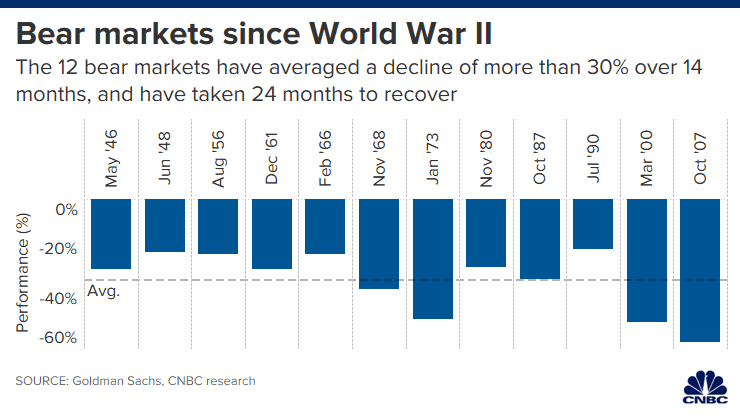It looks like you're new here. If you want to get involved, click one of these buttons!



“MBIA is being victimized by an apparently well organized bear raid headed by William Ackman of Pershing Square Capital Management,” Mr. Whitman wrote.
To me, he fall in the camp with Grantham, Hussman & Dr Doom. They all are right, but stimulus creates price momentum and price momentum fuels animal spirits. This, along with low inflation, low interest rates, and low wages, cloud their conclusions. Until then these things change (higher inflation, interest rates & wage growth) they will appear to be crying wolf.Mohamed El-Erian sees one risk that could get investors into serious trouble.
"One of the most under covered stories is what’s happening to the US yield curve..."
yield-curve-targetingThe new tool could enable the Fed to keep yields lower for longer, without necessarily continuing to expand its balance sheet.



As part of his remarks offering some broader advice about investing at his company’s first-ever virtual annual meeting on May 2 [2020], Buffett said, “In my view, for most people, the best thing to do is to own the S&P 500 index fund,” which would track the S&P 500.
Yes, used to own it and it sits just below VWIAX and FMSDX on my 30%-50% list. Its 2020 blowout year jumped it to the top TR performer of the three. It is however largely a LC/MC Growth fund on the stock side. I prefer to get that exposure through the higher stock allocation AA funds and dedicated Growth funds. That said, if I added another 30%-50% AA fund, this would likely be it.Stillers, have you had occasion to look at the variants of AIGPX (available at Wells with low minimum)?
© 2015 Mutual Fund Observer. All rights reserved.
© 2015 Mutual Fund Observer. All rights reserved. Powered by Vanilla